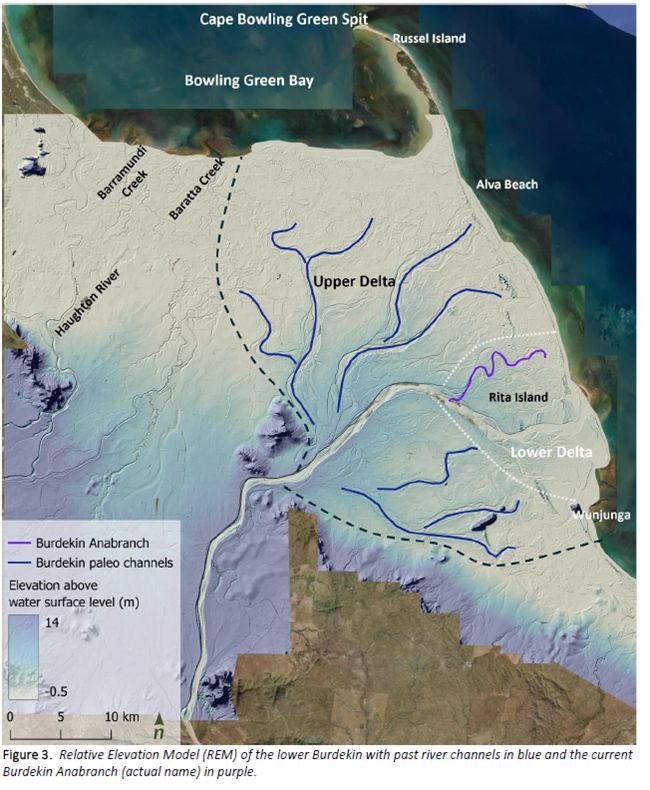

Alluvium Consulting has completed an avulsion risk assessment for the Queensland Government as part of the Burdekin Water Plan, shining a light on the natural processes that shape one of the largest deltas on Australia’s east coast.
An avulsion occurs when a river suddenly changes course, carving a new channel and abandoning its former path. Though uncommon on human timescales, avulsions are a natural and inevitable part of how rivers evolve and they can have far-reaching consequences for communities, agriculture, infrastructure, and ecosystems.
To assess the risk in the Lower Burdekin, Alluvium’s team combined historical records, geomorphic analysis, hydraulic modelling, and expert review. By examining past channel movements, sediment dynamics, floodplain interactions, and delta morphology, the study identified potential avulsion pathways and assessed both the likelihood and impacts of such events.
The findings indicate that while the short-term risk is low - largely because the Burdekin River rarely engages with its floodplain - avulsions are inevitable in the long term. In fact, the delta itself holds evidence of several major avulsions within the past 5,000 years, each reshaping the landscape.
The report highlights the importance of understanding these natural processes across coastal river systems. With avulsions certain to occur over time, planning and preparation are essential to mitigate the potential impacts on infrastructure, communities, and the environment.